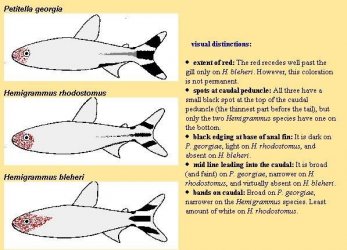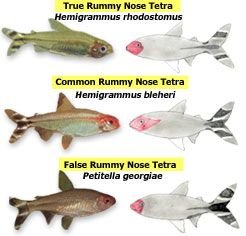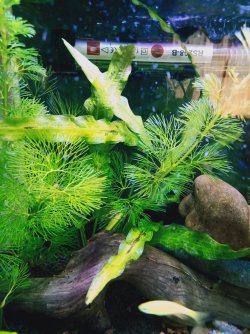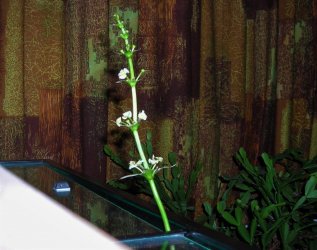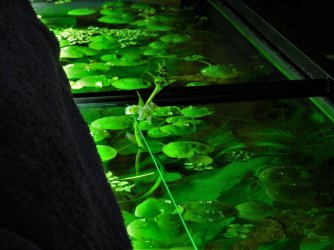On the identification of the "three rummynose tetras," this diagram I posted in another thread may help explain the differences; it is fairly easy to tell them apart especially when you see them together like this. Whichever species--and essjay is correct that the most commonly seen today is Hemigrammus bleheri as it is the most colourful--they need larger groups than the oft-cited "six." Aim for 9-10 minimum, preferably more. I had a group of 21 in my 70g (with many other fish) and this was ideal.
You are using an out of date browser. It may not display this or other websites correctly.
You should upgrade or use an alternative browser.
You should upgrade or use an alternative browser.
I am unable to identify one of my fish.
- Thread starter francisabch12
- Start date
-
- Tags
- fish identification
So according to your chart @Byron, the OP’s fish is most likely a True Rummy Nose Tetra?
|Based upon my observation, I would think it more likely to be H. bleheri because of the red extending a bit farther back and the black blotch on the caudal peduncle.
It is also so rare as to be virtually impossible to see H. rhodostomus in the hobby. The more brilliant colour on H. bleheri sells and I think this fish is now being commercially raised in SE Asia. I doubt they would bother with H. rhodostomus.
francisabch12
New Member
The wavy-edged larger leaf plant is a species of Echinodorus, commonly called Amazon Sword though there are several varieties/species under this common name. It is not so easy to pinpoint the exact species or variety.
Echinodorus major is the primary species that has wavy-edged leaves. However, there are a few hybrid varieties with such leaves. It would likely take phylogenetic analysis (of the plant's DNA) to determine precisely, as leaf characteristics alone are not reliable in this genus.
With good nutrition and adequate light, Echinodorus plants will often send out an inflorescence (commonly referred to as a flower stalk), and nodes will occur at set intervals along this inflorescence. Most species when grown submerged as here will not produce flowers at the nodes, but adventitious plants will appear. Once these develop sufficient roots, they can be carefully separated from the inflorescence and planted as new plants. When the plants are grown emersed, as marsh or bog plants with the roots in water but the leaves in the air, and if an inflorescence then appears, it will produce flowers. Propogation by flowers (pollinating, seeds, etc) is not common in aquaria because the plants are grown submersed and adventitious plants develop rapidly if the plant is well fed. Substrate tabs like Seachem's Flourish Tabs will provide excellent nutrients and all Echinodorus plants inevitably grow larger, faster and better with these.
Interestingly, E. major is the only species I know of that will sometimes produce flowers on the inflorescence; I have had this three times with one of my plants, and below is a photo of one of the flower inflorescences.
Echinodorus major is the primary species that has wavy-edged leaves. However, there are a few hybrid varieties with such leaves. It would likely take phylogenetic analysis (of the plant's DNA) to determine precisely, as leaf characteristics alone are not reliable in this genus.
With good nutrition and adequate light, Echinodorus plants will often send out an inflorescence (commonly referred to as a flower stalk), and nodes will occur at set intervals along this inflorescence. Most species when grown submerged as here will not produce flowers at the nodes, but adventitious plants will appear. Once these develop sufficient roots, they can be carefully separated from the inflorescence and planted as new plants. When the plants are grown emersed, as marsh or bog plants with the roots in water but the leaves in the air, and if an inflorescence then appears, it will produce flowers. Propogation by flowers (pollinating, seeds, etc) is not common in aquaria because the plants are grown submersed and adventitious plants develop rapidly if the plant is well fed. Substrate tabs like Seachem's Flourish Tabs will provide excellent nutrients and all Echinodorus plants inevitably grow larger, faster and better with these.
Interestingly, E. major is the only species I know of that will sometimes produce flowers on the inflorescence; I have had this three times with one of my plants, and below is a photo of one of the flower inflorescences.
Attachments
Similar threads
- Replies
- 2
- Views
- 531
- Replies
- 8
- Views
- 1K


